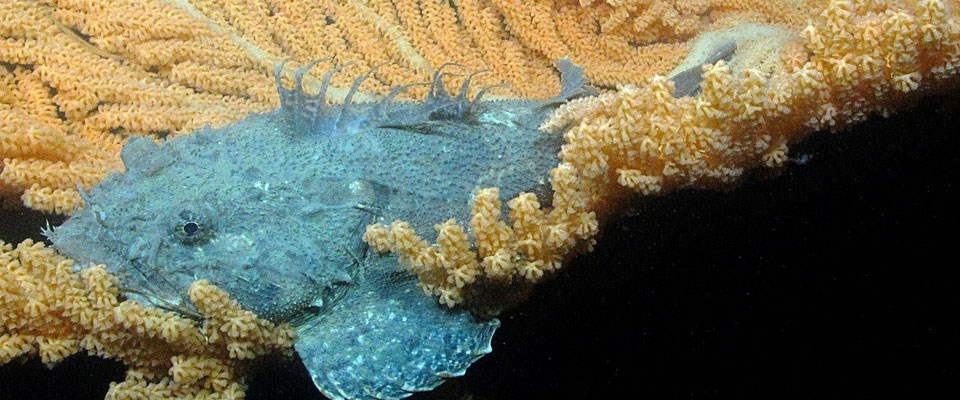
NOAA Office of Ocean Exploration and Research 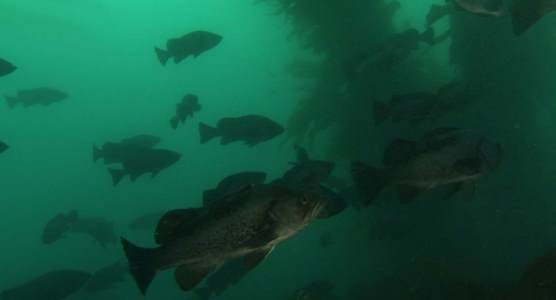
Glacier Bay National Park and Preserve protects million acres of rugged mountains, temperate rainforest, bountiful coastline, deep fjords, open ocean, rich estuaries, wild rivers, lakes, streams and ponds, and a plethora of fish! This complex and dynamic, temperate ecosystem has nearly 1200 miles of coastline, including 950 square miles of ocean habitat and greater than 1000 freshwater systems of available fish habitat for over 200 fish species. From the smallest forage fish like Pacific herring and sandlance to deepwater giants such as 500 pound Pacific halibut and 14-foot sleeper sharks, fish play critical roles in Glacier Bay's rich ecosystems.
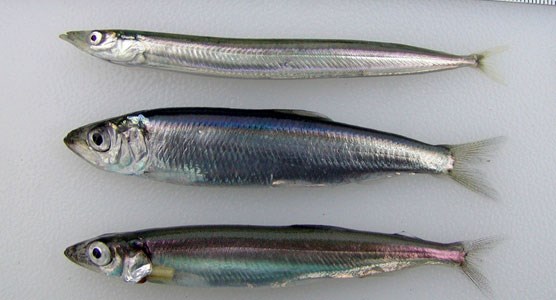
M. Arimitsu Small but Mighty ImportantSmall schooling forage fishes include capelin, sand lance, herring, juvenile walleye pollock, juvenile salmonids and myctophids (lanternfish). Though individually small, these fishes are unbelievably numerous, often swimming in large, dense schools. As a key food source, they serve as a critical link between marine primary and secondary producers (phytoplankton and zooplankton) and are prey for fishes, birds, harbor seals, Steller sea lions and even humpback whales. 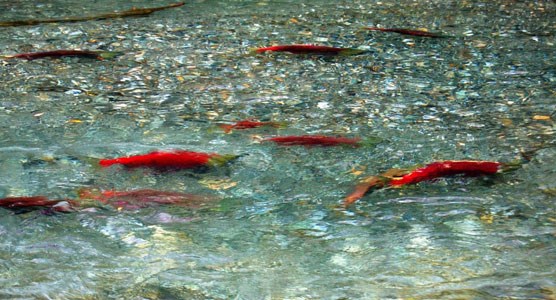
NPS / C. Murdoch Rich in SalmonAdult salmon are unparalleled contributors to Glacier Bay National Park’s ecosystems. Much like small schooling fishes, salmon feed a diversity of other animals and are particularly unique because they link marine, freshwater and terrestrial habitats. Salmon are anadromous, which means they migrate upriver from the sea to spawn in their birth streams after spending 1 to 5 years maturing in the marine environment. Some salmon increase their body weight 1000 times at sea. When they return to their natal stream to spawn and die, salmon bring all the marine derived nutrients they consumed in the ocean back to their freshwater streams. These nutrients feed and fertilize aquatic plants, insects, and other organisms, and ultimately provide food for their own offspring. Salmon fertilize the forest too. Bears, otters, mink, eagles, and other forest animals feast on adult salmon, often leaving their carcasses half eaten and decomposing...bathing the forest with ocean nutrients. 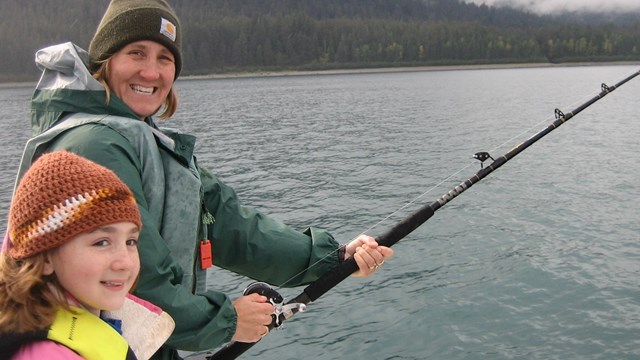
Sportfishing
Glacier Bay is best known for glaciers, wildlife watching, and scenery, but sport fishing in the Bay can be an amazing experience. 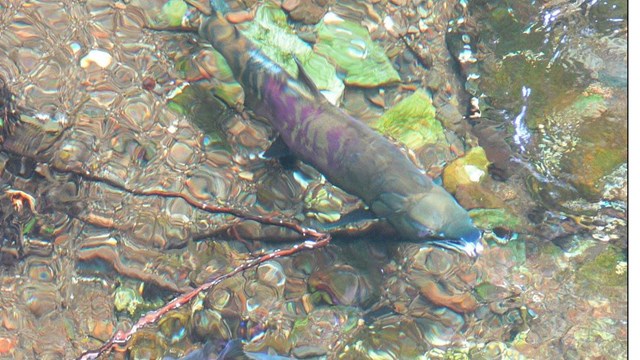
Anadromous Fish of Glacier Bay
Discover the twelve species of anadromous fish found in Glacier Bay. 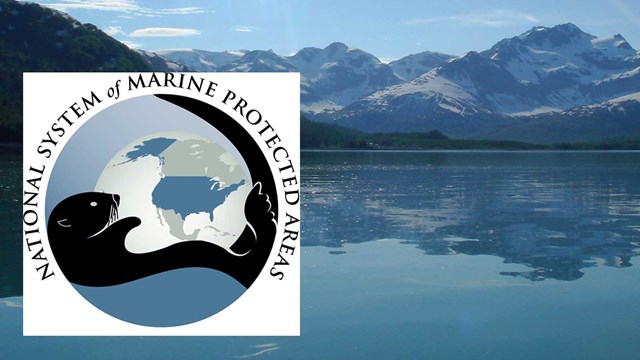
National Marine Protected Areas
Protected Waters 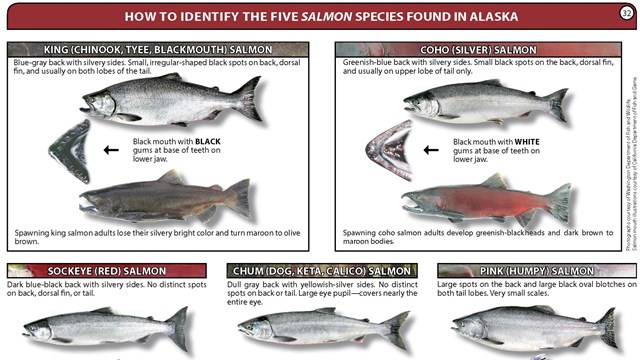
Salmon Identification Chart
How to identify the FIVE species of Salmon found in Alaska 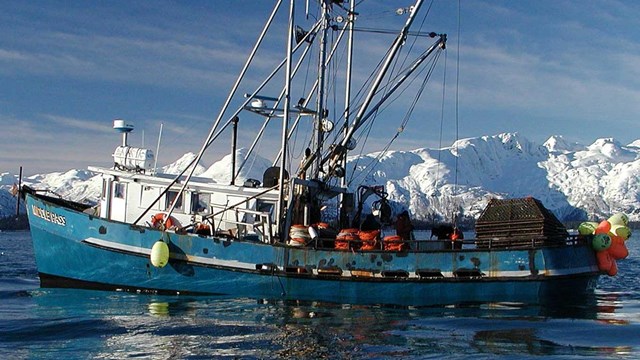
Commercial Fishing
fisheries, regulations, and management in Glacier Bay National Park & Preserve |
Last updated: May 1, 2018
